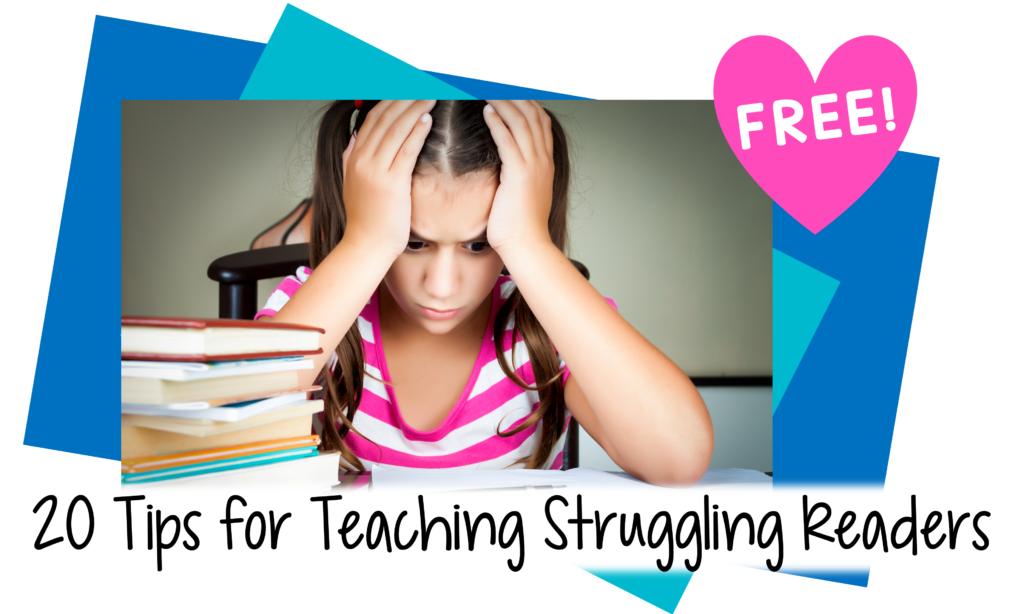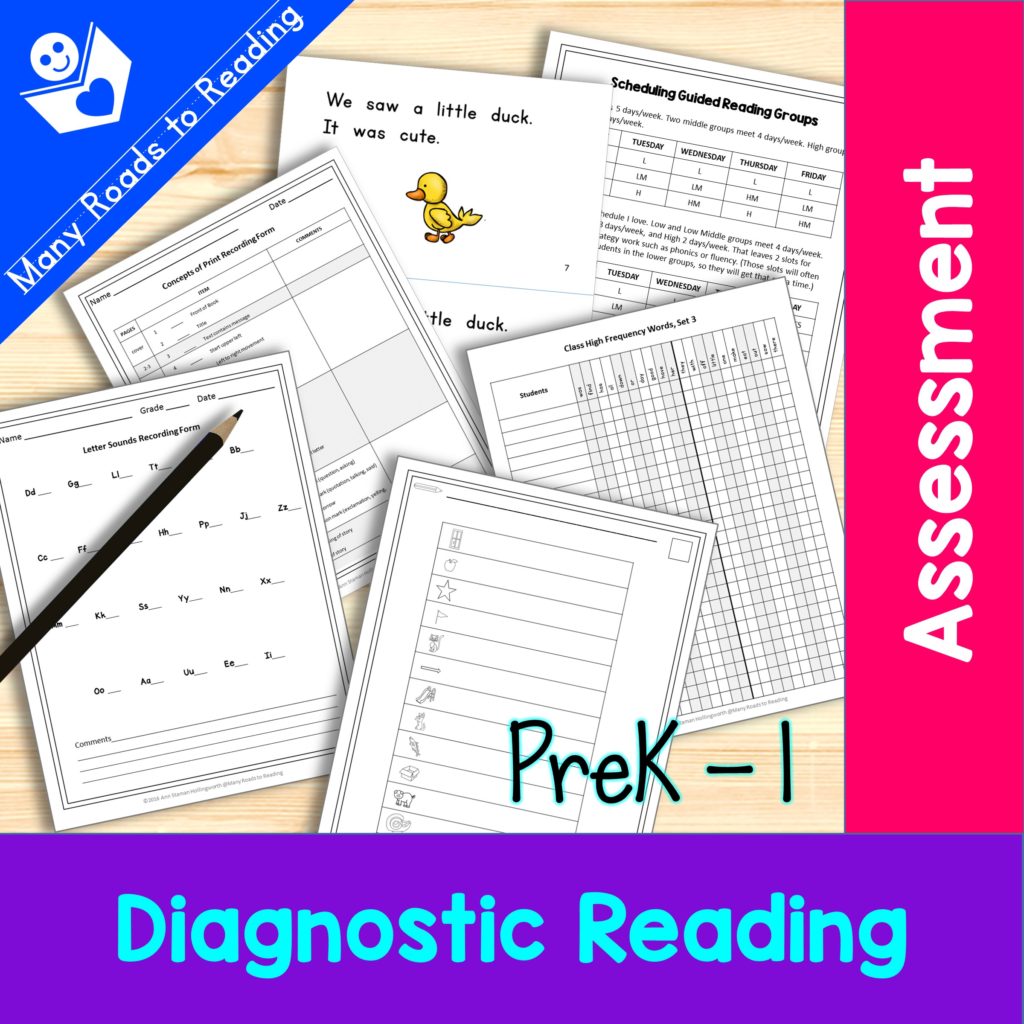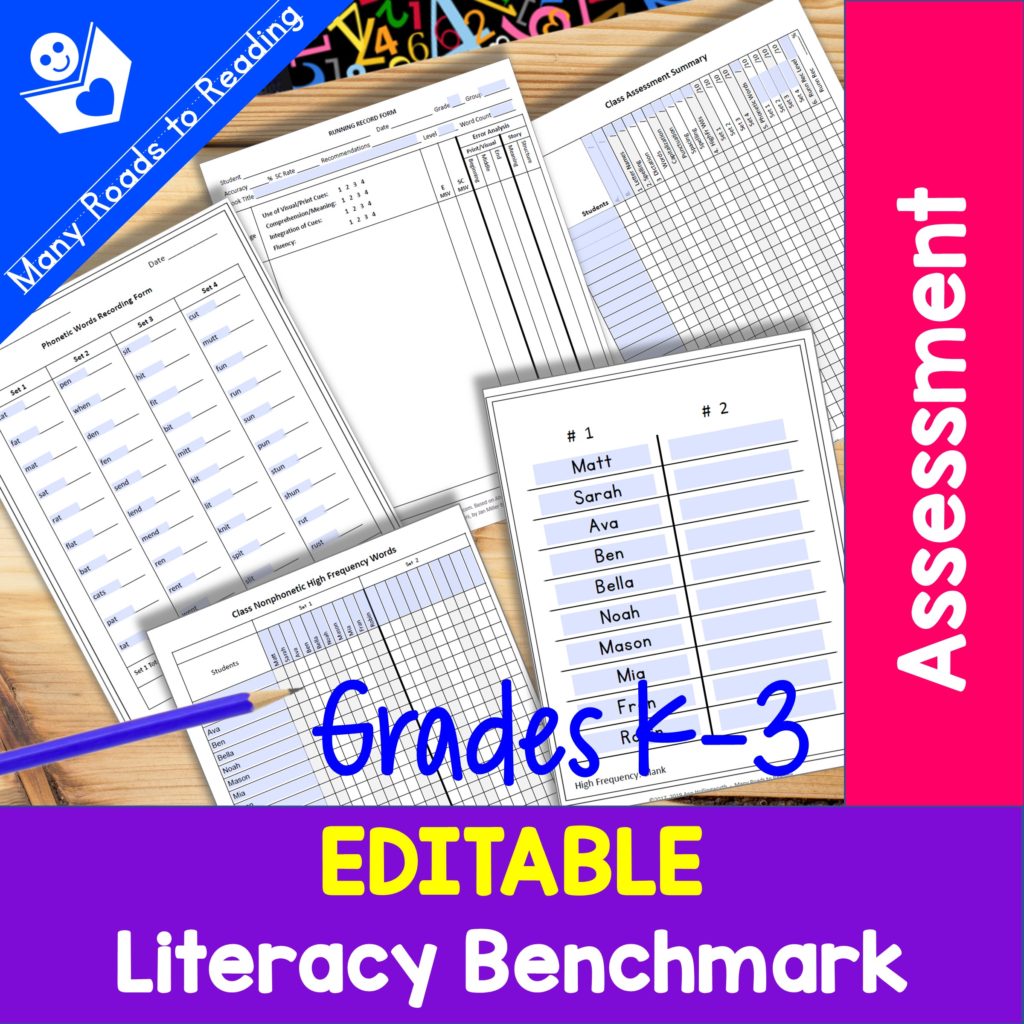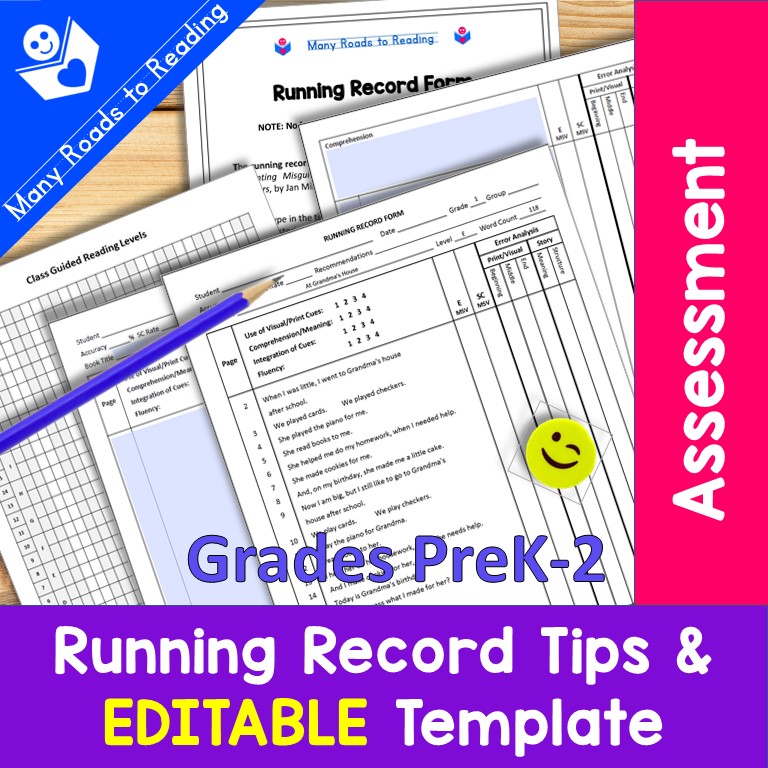What a time for early literacy tutors! Because of the last two years of COVID and the so-called learning gap, both in-person and online tutors are in great demand right now.
Many studies have shown a loss of achievement in reading as a result of the pandemic, especially for at-risk populations. I’m not here to argue about the reasons that many students are behind academically or the extent of the learning gap.
Instead, I want to focus on how you can help as a tutor of beginning readers. In many ways, these suggestions are just what I would recommend for tutoring any youngster starting out on their literacy journey, but there are differences, too. For one thing, the pressure for catch-up is intense. For another, our window of opportunity may be short.
Naturally we will want to start with assessment. It’s not enough to know that a child has finished kindergarten or first grade. We don’t know how much they have absorbed from their schooling, no matter what form it took. But, because of the pressured situation we educators are in right now, adjustments to our usual testing routine might be wise.
Pre-Instructional Assessment
It’s more important now than ever to figure out where your beginning readers are functioning before you start tutoring. But what should that mean?
Under normal circumstances, you might assess youngsters’ phonological awareness and letter knowledge, or determine the extent of their sight vocabulary and decoding ability before beginning tutoring. For very early readers, you might usually check out their concepts of print, before determining their reading level.
At this time, however, I encourage you to think very hard about how much testing you want to do, especially if you are only tutoring during the summer. Naturally you want enough information to know where to start teaching, but if your tutoring time is limited, you want to maximize instructional time as much as possible. You may want to just assess the child’s reading level and leave the rest of the testing for later so you can get started tutoring. Consider limiting your assessments to the ones you need in order to design your first few lessons.
I usually like to decide on long- and short-term goals after my initial evaluations and before I begin tutoring a student. But if we aren’t assessing as much as we normally do before we teach, we’ll want to keep our student goals tentative and open-ended. Think of it as setting priorities. For example, you might set a goal of learning letters in general, rather than deciding ahead of time that a student should learn all their letters in a given amount of time. You can adjust these goals as you learn more about the child.
Ongoing Assessment
If you decide to limit the testing you do before teaching, you can incorporate assessments into your tutoring sessions. Ongoing formative assessments such as running records are always advisable, to keep track of where your students are functioning. You can use homemade informal tests as well. For example, after making letter cards, sort them into KNOWN and UNKNOWN cards while teaching.
As you get to know the student better, you may discover additional areas you need to assess, as well. I remember having difficulty teaching phonetic decoding to a 4th grader I was tutoring. I decided to back up and test his phonological awareness. Sure enough, the testing indicated a difficulty in isolating and blending sounds, so I had to add a phonemic awareness slot to his lessons.
A checklist can also serve as a type of ongoing assessment. I like to keep a letter/phoneme checklist in each beginning reader’s folder to keep track of what they have mastered. This also helps for planning lessons without having to go back and look at previous lesson records.
Evaluating the Student’s Attitude toward Learning
After two turbulent years for students, perhaps the most important quality to assess is their attitude toward learning. The varying answers will certainly guide your teaching.
How do students feel about themselves as learners? Do they have confidence in their ability to learn to read? Where are they on the scale between discouragement and enthusiasm? Did the school situation during the pandemic negatively affect them? If so, how?
A closely related question is how much frustration tolerance a child has. If they have experienced a lot—or even a little—failure, they may not be very resilient when faced with learning challenges. They may be afraid of making mistakes.
If you think about it, learning new reading strategies involves risk-taking. The student has to let go of an old approach they are using and trust you to take them to a new place. We’ll talk more about trust in Part 2 of this blog post.
Once you do know the student better, keep their attitude toward learning in mind as you teach them and design your lessons.
Summary
- Consider limiting your initial assessments in order to maximize your teaching.
- Use frequent formative assessments to monitor a student’s progress.
- Conduct ongoing assessments, including homemade tests, when appropriate.
- Checklists can be helpful to keep track of what youngsters have learned.
- Update the student goals, as necessary.
- Keep in mind the student’s attitude toward learning.
The wonderful thing about tutoring is that you are one-on-one with the child. You can adjust the assessments you use, as well as your teaching, to the needs of each student.
Check out Tutoring Post-COVID Part 2: Teaching.
P.S. I hope I’m not jinxing us by saying “Post”-COVID!
Other posts you may be interested in:
Soon spring, then summer…and TUTORING!
Online Tutoring: Keep it Personal







Leave a Reply